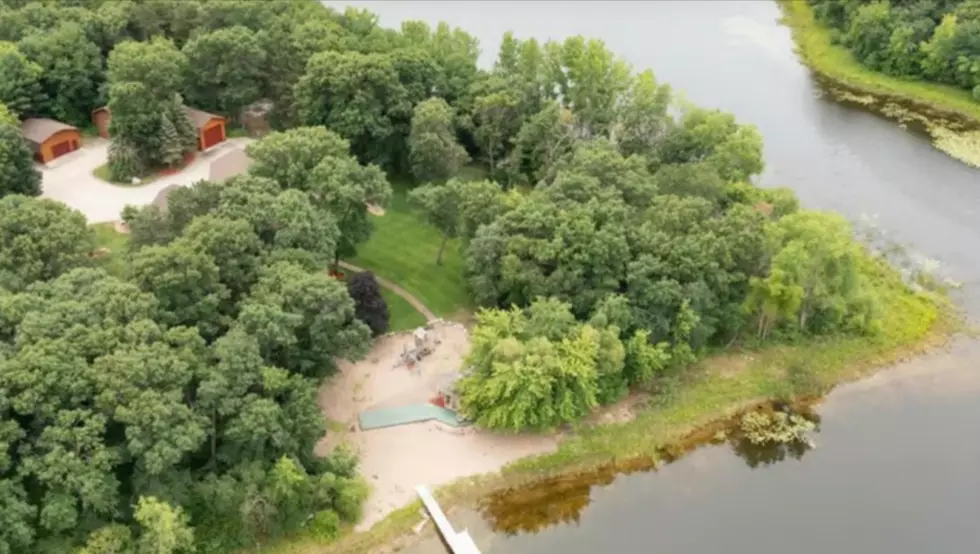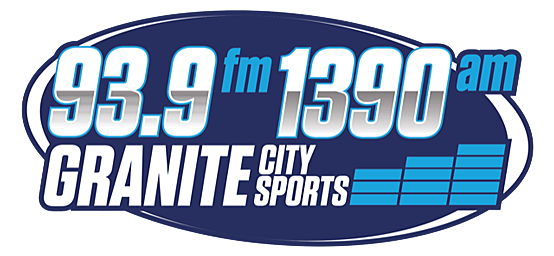
Minnesota DNR Shares Video Of How They Stock Walleyes + The Year-Round Process
Did you know that the Minnesota Department of Natural Resources stocks 900 lakes across the state with walleyes? They've been doing it for decades, and since 1977 the walleye populations have continued to grow.
In fact, they even stock fewer walleyes now than they did back then, but the population continues to increase. That's a sign of some successful lake management.
How do they do it? In some remote lakes, they use a plane and dump the walleye frys right into the lake. A truck filled with walleye frys and fingerlings will visit more accessible lakes. But where do they get the little walleyes from?
The Minnesota DNR has rearing ponds and hatcheries across the state. They rear walleyes, catfish, muskellunge, and smallmouth bass in 12 different warm-water hatcheries.
They even rear stream trout, lake trout, and salmon in five coldwater hatcheries across the state.

For walleyes, workers net spawning walleyes in the spring. They strip the eggs and milt from them and mix the two together. They then bring the fertilized eggs and incubate them at the hatcher. Most of the tiny fry that hatch are stocked within a few days.
The rest are actually reared for the rest of the summer in one of 200 rearing ponds in Minnesota. They then go and net them later in the fall and stock lakes wear the bigger fingerlings are needed.
A lot of these rearing ponds are winterkill lakes, meaning they are shallow and sometimes freeze completely.
States with the most registered hunters
Gallery Credit: Meagan Drillinger
More From 1390 Granite City Sports









